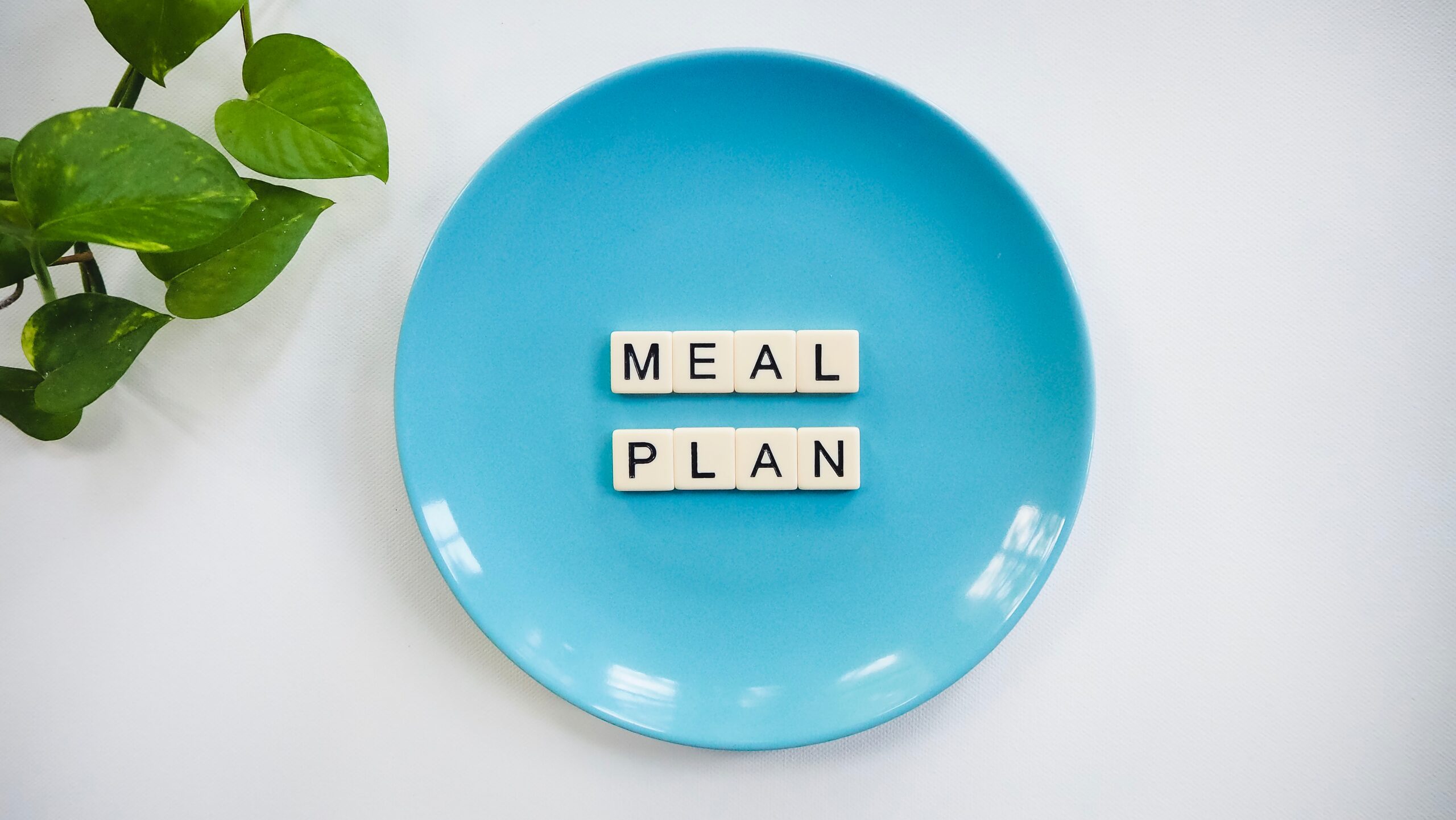In today’s health-conscious world, maintaining a balanced diet is essential for overall well-being. One popular approach to healthy eating is the low-fat diet.
This article aims to provide you with a comprehensive guide to understanding the low-fat diet, its benefits, potential risks, and practical tips for incorporating it into your lifestyle.
Understanding the Low-Fat Diet
The low-fat diet emphasizes reducing the intake of dietary fat to promote health and prevent certain chronic conditions. It involves consuming foods that are low in fat while focusing on other essential nutrients, such as carbohydrates and protein.

Benefits of a Low-Fat Diet
A low-fat diet offers several potential benefits. It may help in weight management, reduce the risk of heart disease, and improve overall cardiovascular health. Additionally, it can enhance insulin sensitivity and aid in controlling blood sugar levels.
Foods to Include in a Low-Fat Diet
When following a low-fat diet, it’s important to include nutrient-rich foods that are low in fat. Opt for lean sources of protein, such as skinless poultry, fish, and legumes. Incorporate plenty of fruits, vegetables, whole grains, and low-fat dairy products to ensure a well-rounded nutritional intake.
Foods to Limit or Avoid on a Low-Fat Diet
While on a low-fat diet, it’s crucial to limit or avoid high-fat foods. These include fried foods, full-fat dairy products, fatty meats, processed snacks, and desserts. Be mindful of hidden fats in packaged foods, as they can contribute to your overall fat intake.
Balancing Macronutrients in a Low-Fat Diet
A successful low-fat diet requires a balance of macronutrients. Include a variety of carbohydrates, lean proteins, and healthy fats in your meals. Opt for complex carbohydrates like whole grains, legumes, and vegetables, which provide sustained energy and essential nutrients.
Meal Planning for a Low-Fat Diet
Effective meal planning is key to maintaining a low-fat diet. Plan your meals in advance, focusing on a variety of colorful fruits and vegetables, whole grains, and lean proteins. Incorporate healthy cooking techniques, such as steaming, grilling, and baking, to minimize added fats.
Tips for Successful Weight Management on a Low-Fat Diet
To manage your weight effectively on a low-fat diet, it’s important to practice portion control, eat mindfully, and engage in regular physical activity. Be aware of your calorie intake and ensure a calorie deficit for weight loss while still meeting your nutritional needs.
Potential Risks and Considerations
While a low-fat diet can be beneficial for many individuals, it’s essential to consider potential risks and limitations. Somepeople may experience difficulties in obtaining sufficient essential fatty acids and fat-soluble vitamins. It’s important to consult with a healthcare professional or registered dietitian before starting a low-fat diet, especially if you have specific health conditions or dietary restrictions.
The Role of Exercise in a Low-Fat Diet
Incorporating regular exercise into your lifestyle is crucial when following a low-fat diet. Exercise helps to improve cardiovascular health, boost metabolism, and support weight management. Aim for a combination of cardiovascular exercises, strength training, and flexibility exercises to reap the full benefits.
Incorporating Low-Fat Cooking Techniques
Cooking methods play a significant role in maintaining a low-fat diet. Opt for cooking techniques that require minimal or no added fats, such as baking, broiling, steaming, or grilling. These methods help to retain the natural flavors of foods without adding unnecessary fats.
Addressing Common Misconceptions about Low-Fat Diets
There are several misconceptions surrounding low-fat diets. It’s important to address them to make informed dietary choices. Contrary to popular belief, not all fats are bad for you. It’s essential to differentiate between healthy fats, such as monounsaturated and polyunsaturated fats, and unhealthy saturated and trans fats.

Low-Fat Diet for Specific Health Conditions
A low-fat diet can be beneficial for individuals with certain health conditions, such as high cholesterol, diabetes, and obesity. However, it’s important to tailor the diet to individual needs and consult with a healthcare professional for personalized guidance.
Low-Fat Diet and Heart Health
The low-fat diet has been associated with improved heart health. By reducing the intake of saturated and trans fats, you can lower your risk of developing heart disease and maintain healthy cholesterol levels. Combine a low-fat diet with other heart-healthy habits, such as regular exercise and stress management, for optimal results.
Low-Fat Diet and Weight Loss
A low-fat diet can be an effective approach to weight loss when combined with calorie control and portion management. By reducing fat intake, you can lower your overall calorie consumption. However, it’s important to focus on nutrient-dense foods and maintain a balanced diet for sustainable weight loss.
Conclusion
In conclusion, a low-fat diet is a popular and beneficial approach to healthy eating. By reducing fat intake and focusing on nutrient-rich foods, you can improve your overall health, manage weight, and reduce the risk of chronic diseases. Remember to consult with a healthcare professional or registered dietitian before making any significant changes to your diet.
Frequently Asked Questions
- Is a low-fat diet suitable for everyone?
- While a low-fat diet can be beneficial for many individuals, it’s important to consider individual health conditions and consult with a healthcare professional for personalized advice.
- Can I consume any fats on a low-fat diet?
- A low-fat diet emphasizes reducing the intake of unhealthy saturated and trans fats. However, it’s important to include small amounts of healthy fats, such as those found in nuts, seeds, and avocados, for essential nutrients.
- Can a low-fat diet help in reducing cholesterol levels?
- Yes, a low-fat diet can contribute to reducing cholesterol levels, especially when combined with other heart-healthy habits like regular exercise and consuming high-fiber foods.
- Are all low-fat products healthy?
- Not all low-fat products are healthy. Some may compensate for the reduced fat content by adding excessive sugar or artificial additives. It’s important to read labels and choose whole, minimally processed foods.
- Is a low-fat diet effective for weight loss?
- A low-fat diet can be effective for weight loss when combined with calorie control, portion management, and regular exercise. However, it’s important to focus onnutrient-dense foods and maintain a balanced diet for sustainable weight loss.


1 thought on “Low-Fat Diet: A Comprehensive Guide to Healthy Eating”